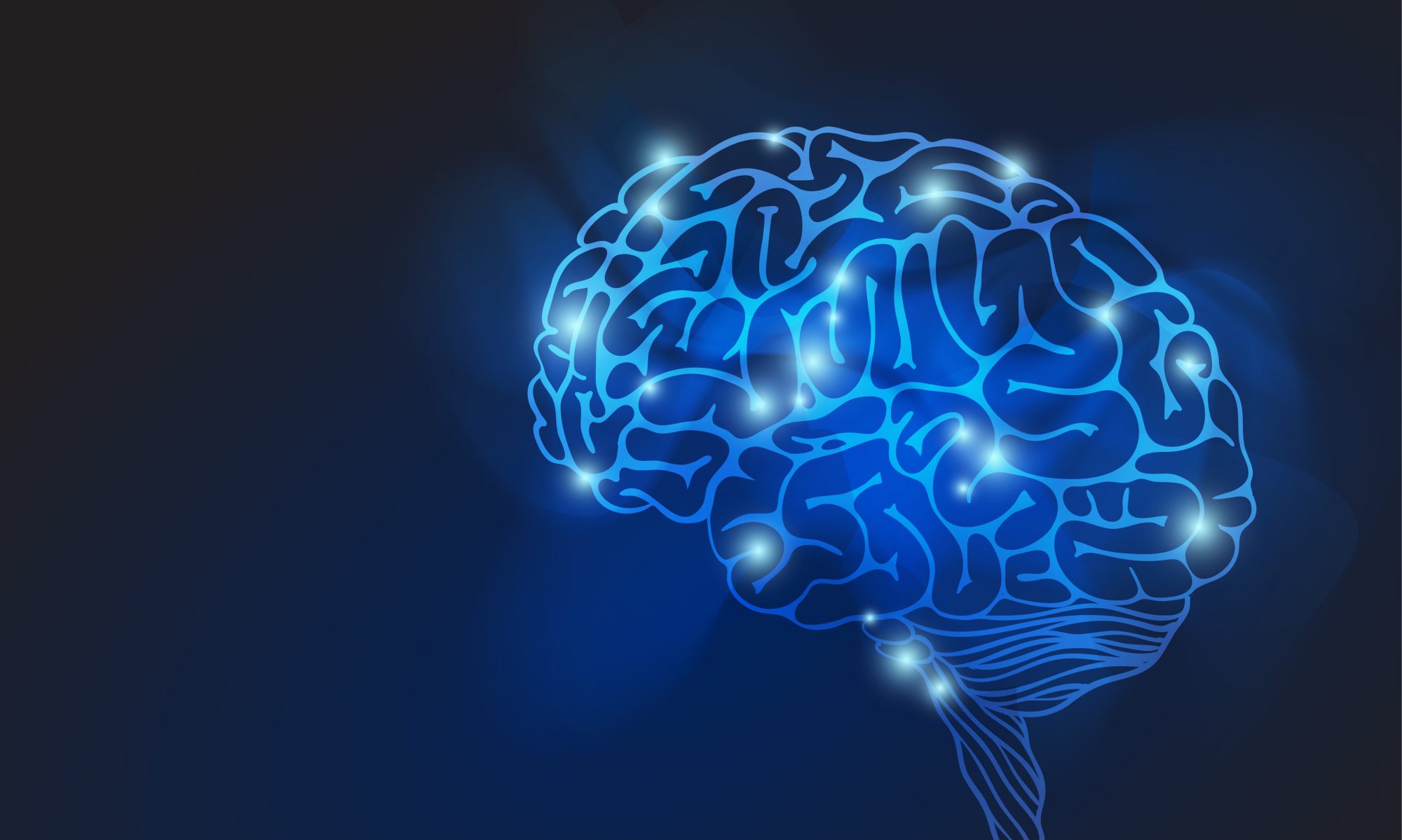Our trainees review webinars in their given fields and share abstracts to help colleagues outside their discipline make an informed choice about watching them. As our program bridges diverse disciplines, these abstracts are beneficial for our own group in helping one another gain key knowledge in each other’s fields. We are happy to share these here for anyone else who may find them helpful.
In vitro Modeling of Human Cortical Assembly in Health and Disease
Part of Georgia Tech’s 2021-2022 Neuro Seminar Series
Dr. Fikri Birey, Department of Human Genetics, Emory University
October 24, 2022
Watch on the Georgia Tech website >>
 Summary and Analysis by Ryan Miller:
Summary and Analysis by Ryan Miller:
In this talk, Dr. Fikri Birey discusses the critical period in the development of the cerebral cortex. More specifically, the assembly of inhibitory and excitatory neurons into networks and resulting circuit formation and function. This complex process involves GABAerrgic interneurons migrating long distances to integrate with glutamatergic neurons, and has implications, when perturbed, in neuropsychiatric disorders.
However, mechanistic insights into how early cortical circuits are wired in humans and miswired in disease is difficult to construct. As such, Dr. Birey’s work involves the development of forebrain assembloids. These assembloids are a modular, hiPSC-based brain organoid platform that allow in vitro study of previously unreachable aspects of human cortical assembly.
For example, human cortical migration and network integration. In the talk, Dr. Birey demonstrates how a forebrain assembloid system derived from hiPSCs from patients with a monogenic form of autism can be used to uncover novel disease phenotypes at the cellular, molecular and network levels. As such this work can assist in developing novel therapeutic approaches.
Overall, Dr. Birey does an elegant job of detailing the design of the forebrain assembloids and gives a nice demonstration on their merit in better understanding neuropsychiatric disorders. The talk ends with some open ended questions such as, with a huge explosion of known genes associated with disorders such as autism and epilepsy, where and do these genes converge? Specifically if they have different functions how are the all implicated in these diseases? These are the questions that the Birey Lab hopes to eventually address with their platform.

